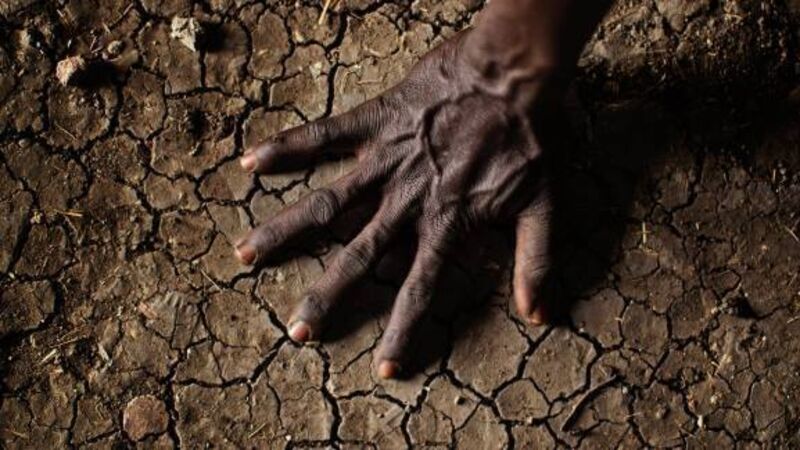Greenhouse gas threat from soil

Disturbance of the soils through erosion, agriculture, deforestation, mining, and other human activities risks releasing the carbon into the atmosphere, they claim.
Formed thousands of years ago, the soil layers lie many feet below the present day Earth’s surface and until now have largely been ignored.
Researcher Erika Marin-Spiotta, from the University of Wisconsin-Madison, said: “There is a lot of carbon at depths where nobody is measuring. It was assumed that there was little carbon in deeper soils. Most studies are done in only the top 30cm.
“Our study is showing that we are potentially grossly underestimating carbon in soils.”
The scientists studied Brady soil, created between 13,500 and 15,000 years ago in what is now Nebraska, Kansas and other parts of the US Great Plains.
It was buried to a depth of more than 20ft by a vast accumulation of wind-born dust, known as loess, as glaciers once covering much of North America began to retreat around 10,000 years ago.
Numerous wild fires and the rapid burial of dead vegetation contributed to the soil’s high carbon content.
“Most of the carbon was fire-derived or black carbon,” said Ms Marin-Spiotta.
“It looks like there was an incredible amount of fire.”
The team stressed that similar soils are likely to be found in many other parts of the world.
The research is reported in the latest edition of the journal Nature Geoscience.












